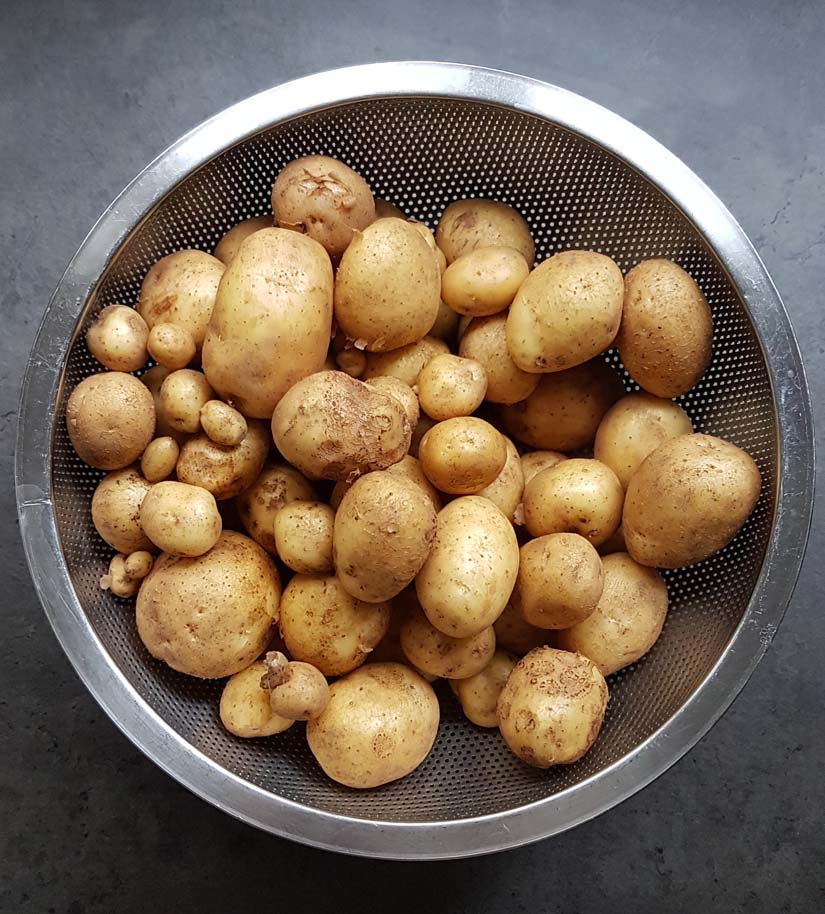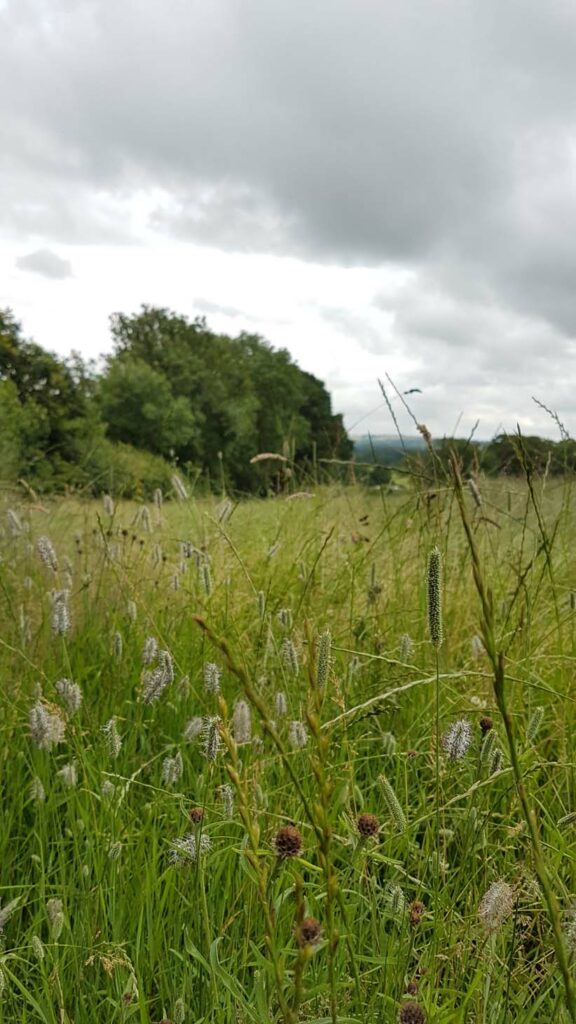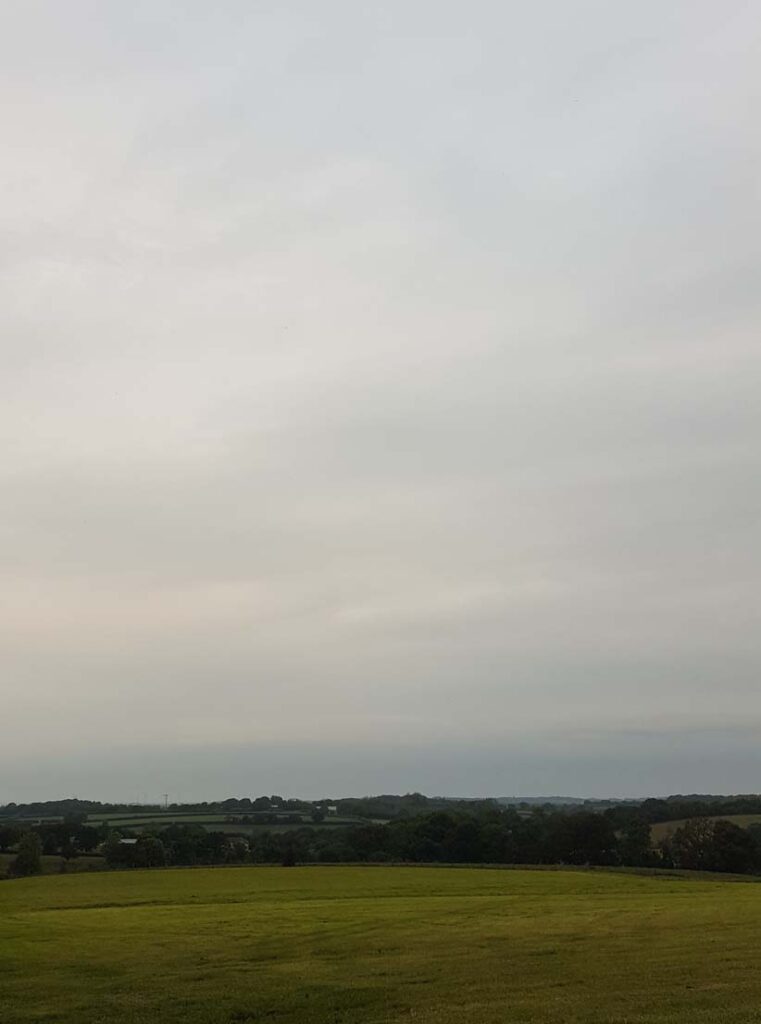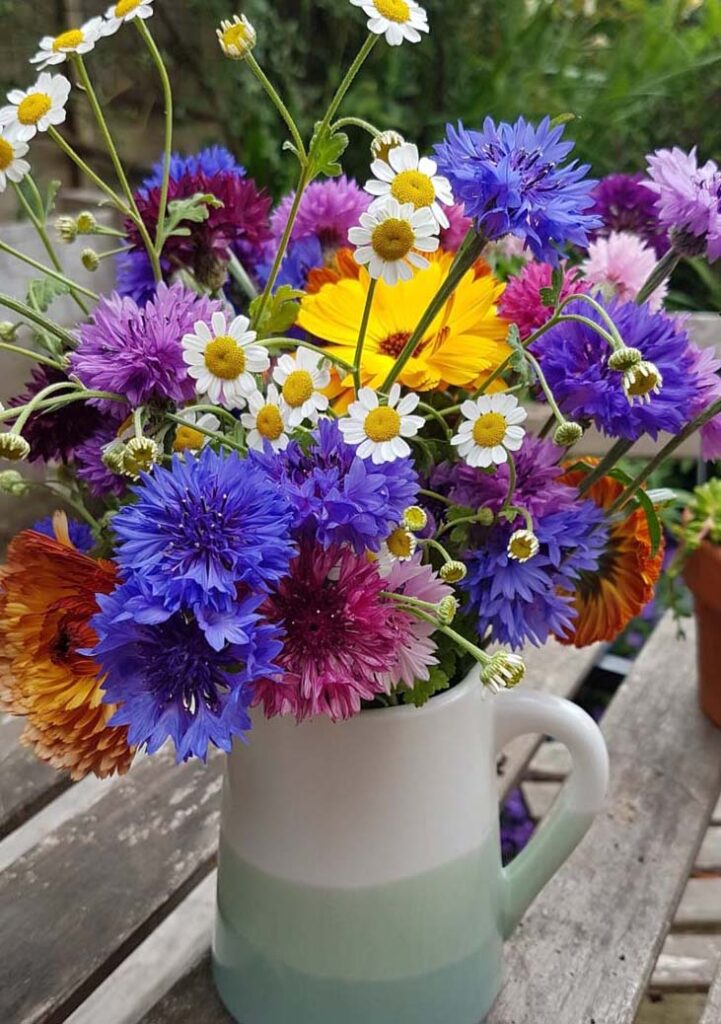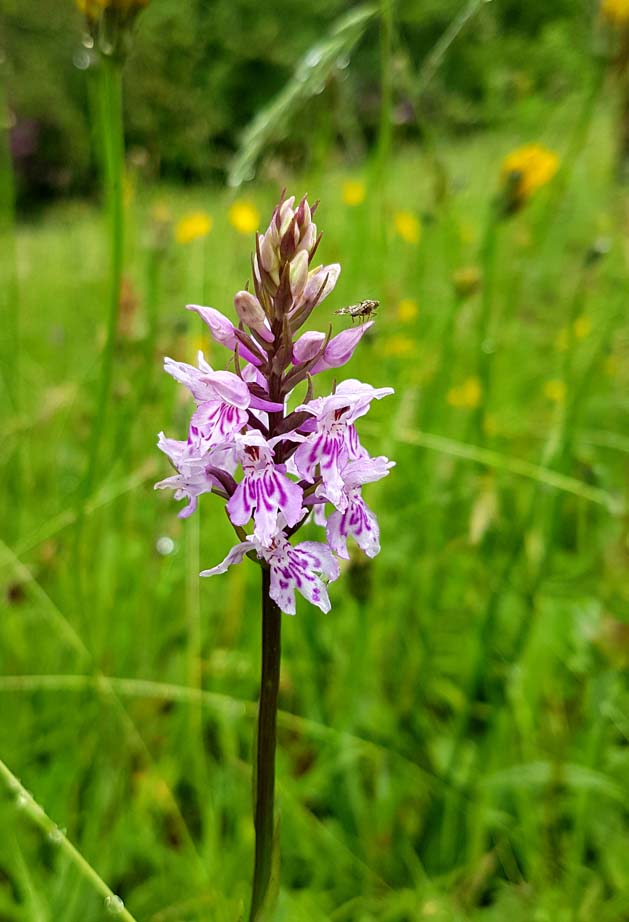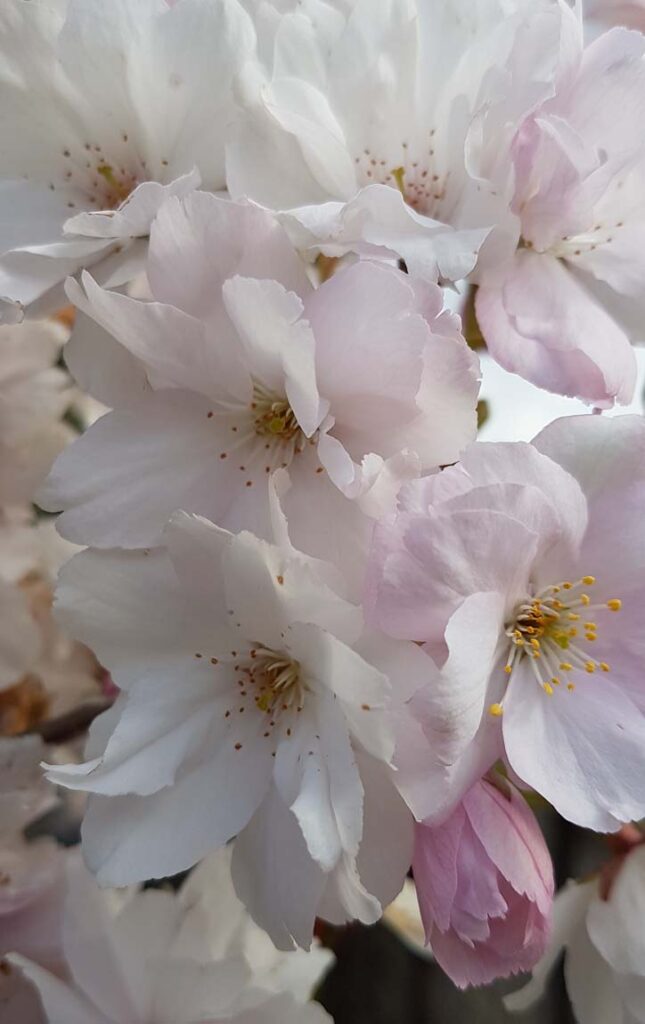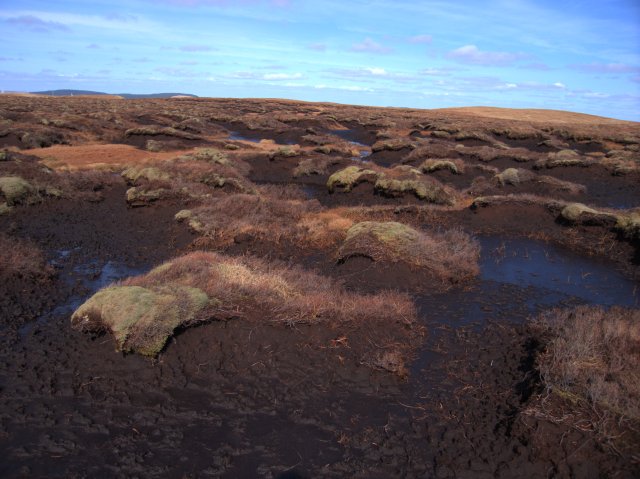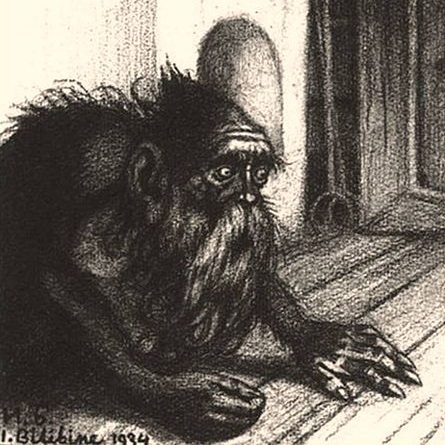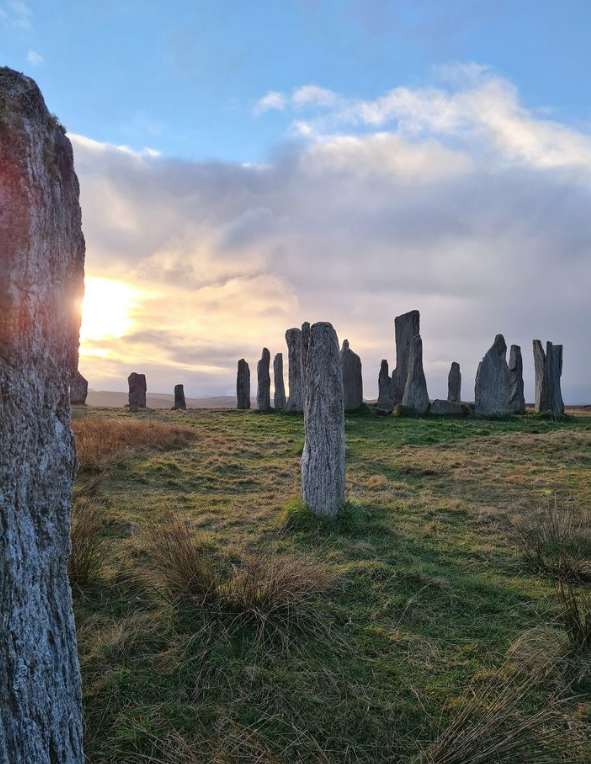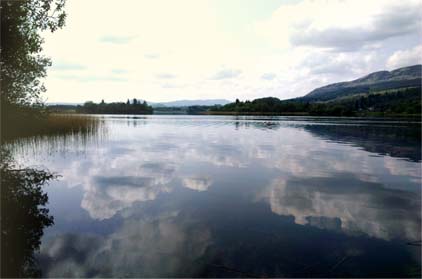In my book The Spellbinding Secret of Avery Buckle, Avery has no memory of the group of witches who promised to look after her when she was a baby. The witches live in a magical house called Cunningfoot, with doors that open all over the world. I loved developing the witches’ characters and thinking about what each of them may be like. There are stories of witches in most places in the world, although they vary quite a bit in what they are like and the roles they play in folktales. These folktale witches gave me a grounding for thinking of my witches as a really multicultural group of friends, working on the side of ‘good’ magic. There are seven of them in all. In old stories, the number seven often signifies completion, perfection, or wholeness. I don’t suppose I was really thinking that the witches were perfect, because they really aren’t, but I liked the idea that the fact there were seven of them in their friendship group might have some magical significance.
Cassandra is the first witch we meet in the book. She has long red hair, and wears silken dresses with lace at the cuffs and neck. She’s very pretty, and Avery is taken with her from the moment she meets her. I chose the name Cassandra because there is a witch called Cassandra in Greek mythology. This Cassandra was the daughter of King Priam and Queen Hecuba of Troy. The god Apollo fell in love with her and so granted her the gift of seeing the future, but when she didn’t return his love he cursed her. Now, when she told anyone what she had foreseen, they never believed her. Cassandra is a tragic figure in Greek mythology, living a cursed life, and dying a sad death. Although my Cassandra is very much a Scottish witch, she too is quite a tragic figure. I’ll say no more for fear of giving away too much!
Mab is another Scottish witch, and one that Avery really doesn’t get on with. Like Cassandra she has long red hair, but she is severe and harsh. Shakespeare uses the name Mab for the Queen of the Faeries in A Midsummer Nights Dream. There are lots of modern ideas around Mab the faery Queen as coming from British folklore, but I don’t think anyone has managed to show conclusively that the idea existed before Shakespeare. Certainly Shakespeare’s Mab is an ambivalent figure, and so is mine!
Ceridwen is a rosy-cheeked witch from the Welsh valleys. I have a real soft spot for Ceridwen because she is based on some of the Welsh women in my family, and their friends. She is loud, has a huge heart, and is an amazing singer. In fact, I have heard she is often to be found of an evening belting out a few Shirley Bassey classics on karaoke nights in her favourite Welsh pubs! Ceridwen is the name of a Welsh witch in traditional tales too, and like my Cerdiwen, she was a good witch. ‘Cerdd’ means poetry or song in Welsh, and ‘wen’ means white, fair, or holy, so it’s no surprise that she was known as a white witch, and was the goddess of poetry, inspiration, and of the cauldron of transfiguration. My Ceridwen has a particular talent for ‘disposals’ which comes in handy in the book, and this talent was inspired by the idea of the cauldron of transfiguration.
Kikimora is a sharp-featured little witch, who comes from Eastern Europe. She was inspired by the Slavic female house spirit called Kikimora, who is also the spirit of spinning, weaving and needlework. She’s a tempestuous spirit who is a loving guardian of children, and helps with the housework if she’s happy, but beware if she’s upset! We don’t see too much of this side of my Kikimora in the book, but I imagined her to have a similarly stormy temperament!
Lilith has big eyes, and wears round glasses. She is from the Middle-East. She was possibly born in what is now modern-day Syria but like all the witches, she is very long-lived, and can’t really remember. Lilith was based on a real character called Lilith who originates in the Epic of Gilgamesh, which is considered the first written story. This Lilith appears in lots of places after that, from the Bible, to modern TV series. She is often portrayed as a very dark character, not so much a witch as a demoness. The word ‘lilith’ comes from a Sumerian word, which can be interpreted as wind spirits, night creatures, or screech owls. This idea of Lilith originating from ancient peoples trying to explain the strange noises in the dark really appeals to me. Can you picture them sitting around their campfire, listening…? It would be easy to imagine that the sounds of the wind, or screeching owls, were something supernatural. We have our own version of this idea in Britain in traditional names for Barn Owls like ‘Ghost Owl’ and ‘Death Owl’. In old folktales, Lilith will sometimes strike a deal to be a guardian, usually of a mother and child. This idea chimed nicely with the guardian role my Lilith has for Avery. And the strong association of the original Lilith with owls, gave me the idea that my Lilith might have a special interest in owls too, and so might be a useful source of information for Low in the future
Jezebel is a witch from Texas in the USA. She has purple hair which she piles up in a column on her head, a bit like Marg Simpson. There aren’t any folktales that I know of, of witches from Texas. Jezebel was a real product of my imagination. The name ‘Jezebel’ comes from the Phoenician princess Jezebel who marries King Ahab in the Bible. The writers of the Bible describe her as a bad ‘un and she is commonly considered a witch in popular culture, even though there isn’t anything about magic in the Bible story. It’s a difficult story to read for modern women. The biblical Jezebel comes across as clever, beautiful, and not prepared to change herself for anyone – qualities that I tend to admire. Ahab on the other hand sounds weak and a bit of a flannel if I’m honest, so you can see how Jezebel might have thought, ‘right, looks like it’s up to me to rule this country then.’ On the other hand, the writers of the Bible are clear that the worship of the god Baal, which she brought to Israel, involved sacrificing children, and if Jezebel’s contemporaries could see that was wrong, it suggests we can’t really excuse her with, ‘oh they did things differently in the past’ either. Funnily enough it turns out murder has always been wrong. She should really have known better!
My Jezebel is an entirely different kettle of fish to the Biblical Jezebel, and the only link really is the name and the biblical origins. In my mind, if my Jezebel was going to come from anywhere, it had to be one of the Southern states of the US. She is based on a mixture of several female country artists who I love – expansive, generous, down-to-earth, and someone who never goes out without her nails freshly painted and half a can of hairspray on her hair.
Baba is the witch who becomes closest to Avery and Low in the book. She has a halo of short white hair, wears layers of giant cardigans, and flaps around in over-sized granddad slippers. The name Baba comes from the Slavic witch Baba Yaga, who was supposed to appear as a deformed, ferocious-looking woman, and lived in a hut which stood on chicken legs. Baba symbolises traditional wisdom, and the wild magic of nature in folk tales, which is closely aligned to female agency and knowledge. She’s wise, powerful, and kind, but also cruel and capricious at times – much like nature itself. These deep symbols are the elements of the traditional Baba Yaga character that I have taken for my Baba.
In contrast to the frozen Russian forests, my Baba comes from the Caribbean. I am so inspired by the folktales from the Caribbean and couldn’t help but conjure up a character from what I had read. Due to the Trans-Atlantic slave trade, African traditions met European ones in the Caribbean, creating a whole new melting pot of ideas and stories. There are lots of witch stories for example, from animal witches to blood-sucking vampire witches. Baba probably most closely aligns with traditional stories I’ve read of Gang Gang Sara. My Baba isn’t this character at all, but I do have a sense of Baba having raised her own family like Gang Gang Sara, and that there is deep sadness in her past. For Avery and Low she adopts an almost mother-like figure with special knowledge of wild and ancient magic. She is also a keeper of memories – of wisdom and traditions that mere mortals may have long forgotten, though her memory does go a bit AWOL in the book!
So, there we are, we have reached the end of my folktales series. I hope you have enjoyed it. It is Midsummer next week, so happy Midsummer to you all. May it be filled with magic and merry dreams, though hopefully no Shakespearian donkey transformations 🙂
